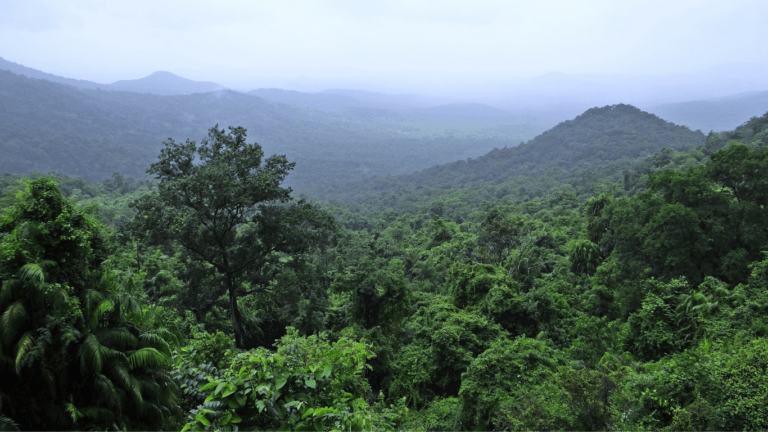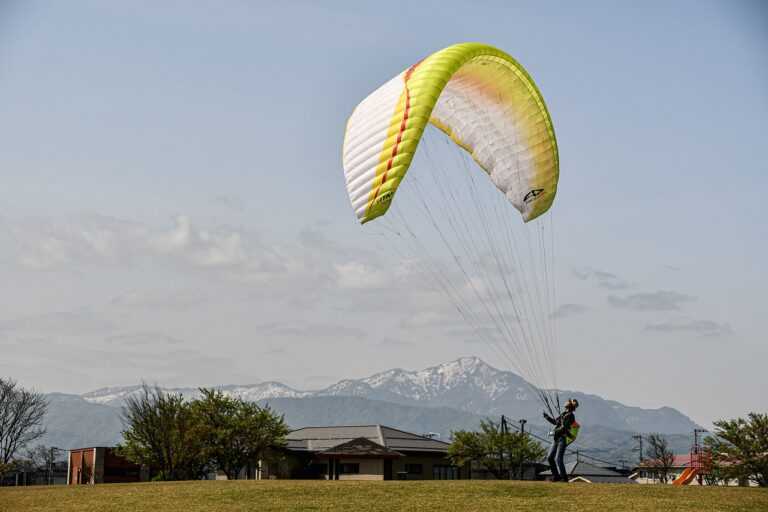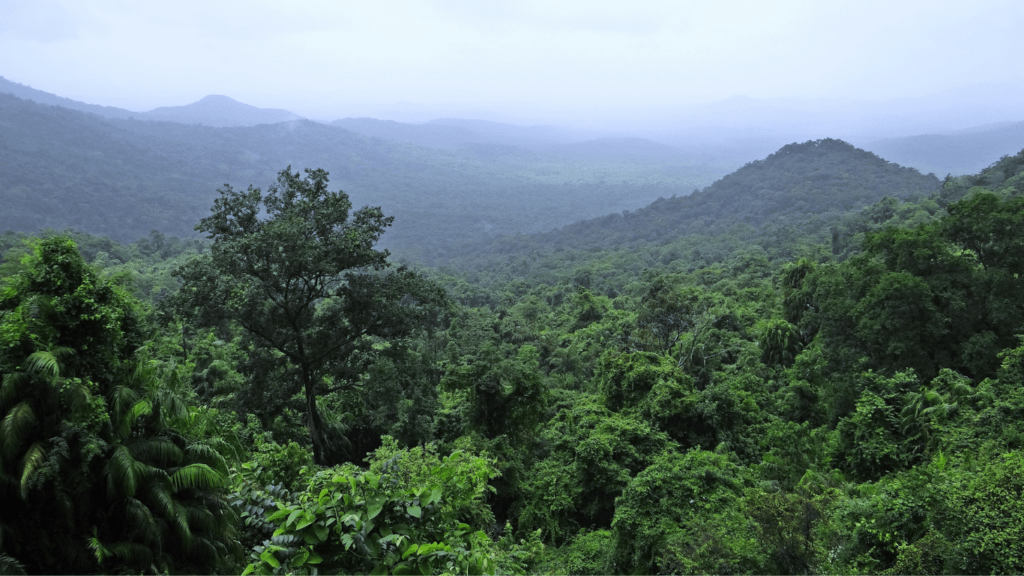Overview of Forest Protection
Efforts to protect forests have become more sophisticated and diverse over recent years. Advanced technologies, community participation, and global cooperation play key roles in these initiatives. I’ll dive into key aspects that define modern forest protection efforts.
Advanced Technological Solutions
Technological innovations enhance forest protection strategies. Drones, satellite imagery, and machine learning enable precise monitoring of forest cover and activities. Satellite imagery provides real-time data on deforestation rates. Drones survey hard-to-reach areas, identifying illegal logging operations. Machine learning algorithms analyze large datasets, predicting potential hotspots for deforestation.
Community Participation
Local communities are crucial in protecting forests. Community-driven projects often combine traditional knowledge with modern practices. Initiatives include community forest management and agroforestry. Community forest management involves local populations in decision-making about forest use, which leads to sustainable results. Agroforestry integrates trees into agricultural systems, promoting biodiversity and improving livelihoods.
Global Cooperation
International collaboration strengthens forest protection efforts. Organizations like the United Nations and World Wildlife Fund lead global initiatives. The United Nations’ REDD+ program (Reducing Emissions from Deforestation and Forest Degradation) incentivizes developing countries to reduce emissions through forest conservation. WWF’s Trillion Trees Initiative aims to restore one trillion trees by 2050, emphasizing global reforestation and conservation efforts.
Legal Frameworks and Policies
Strong legal frameworks ensure effective forest protection. Governments enact policies to safeguard forests and punish illegal activities. Laws regulating logging, land use, and conservation practices help preserve forest ecosystems. National parks and protected areas offer legal protection to critical forest regions.
Financial Support and Incentives
Funding mechanisms support sustainable forest management. International grants, public-private partnerships, and carbon credit schemes finance conservation projects. Payment for Ecosystem Services (PES) programs reward landowners for maintaining forest ecosystems’ health, ensuring long-term protection.
Education and Awareness
Education campaigns raise awareness about the importance of forests. Schools, NGOs, and governments provide educational programs highlighting conservation’s significance. Awareness drives motivate communities to participate actively in forest protection initiatives.
Challenges and Future Directions
Despite advancements, forest protection faces challenges. Illegal logging, land conversion for agriculture, and climate change threaten forests. Future efforts must focus on:
- integrating technology
- community involvement
- international policies
to tackle these challenges effectively. Innovative solutions and strong cooperation will be essential to sustaining forest ecosystems.
Modern forest protection initiatives blend technology, community efforts, and global policies to address complex challenges.
Technological Innovations
Technological advancements have significantly boosted forest protection initiatives. Noteworthy innovations include drones, AI, and machine learning.
Drones and Surveillance
Drones enhance forest monitoring capabilities. They provide high-resolution images and real-time data, enabling efficient forest cover analysis. For example, drones can detect illegal activities, such as unauthorized logging, and relay exact location data to authorities. In fire-prone areas, drones help with early fire detection, which reduces response times. Additionally, they assist in tree planting by dropping seed pods over vast areas, speeding up reforestation.
AI and Machine Learning
AI and machine learning revolutionize data analysis in forest management. These technologies process large datasets from satellite imagery and drone footage to identify patterns and predict changes. For instance, AI algorithms can detect deforestation trends and forecast areas at risk. By analyzing climate conditions and forest cover data, machine learning models provide insights for optimizing conservation strategies. Tools like Google’s Global Forest Watch use AI to offer real-time monitoring, empowering stakeholders with actionable information.
Policy and Legislation
Strong policies and legal frameworks are vital in forest protection efforts. Governments and international bodies take decisive measures to safeguard forests.
International Agreements
International agreements shape global forest protection dynamics. The Paris Agreement, adopted by 196 parties, includes commitments to reduce deforestation. The United Nations REDD+ program supports developing countries in reducing emissions from deforestation and forest degradation. The European Union’s Forest Law Enforcement, Governance and Trade (FLEGT) Action Plan combats illegal logging by promoting legal timber markets. These agreements drive global collaboration and enforce stricter forest conservation measures.
National Strategies
National strategies tailor forest protection to specific country needs. Brazil’s Forest Code mandates landowners to preserve a portion of the land as forest. India’s National Forest Policy aims to increase forest cover to 33% of the country’s area through afforestation and sustainable management. The United States’ Lacey Act bans trade of illegally sourced wood, promoting legal forestry practices. These strategies, combined with strict enforcement, ensure effective forest management at the national level.
Community Involvement
Engaging local communities in forest protection initiatives is vital to ensure long-term success. These efforts leverage indigenous knowledge and foster local partnerships to promote sustainable practices.
Indigenous Knowledge
Indigenous communities have lived in harmony with forests for centuries, possessing invaluable knowledge on sustainable land management. Integrating their traditional practices with modern conservation techniques enhances forest protection. For instance, rotational farming and sacred groves maintained by indigenous groups promote biodiversity. By collaborating with these communities, I can ensure that conservation projects respect and incorporate their wisdom, leading to more effective and culturally sensitive approaches. The Global Forest Coalition reports that territories managed by indigenous peoples experience lower deforestation rates, underscoring the importance of their involvement.
Local Partnerships
Forming partnerships with local organizations strengthens forest conservation efforts. These collaborations can range from community forest management initiatives to joint agroforestry projects. Local NGOs, cooperatives, and government agencies often play essential roles in these partnerships, providing resources, training, and support. For example, in Nepal, community forest user groups manage over 1.7 million hectares of forest, leading to improved forest health and increased community benefits. Engaging local stakeholders creates a sense of ownership and empowers communities to actively participate in conservation, making these initiatives more sustainable and effective.
Challenges and Solutions
Forest protection involves numerous challenges requiring multifaceted solutions.
Funding and Resources
Securing adequate funding and resources is a major challenge in forest protection. Insufficient funds hinder the execution of essential conservation projects. Governments, NGOs, and private sector partners play a critical role in addressing this issue. Innovative financing mechanisms, such as carbon credit schemes, can bridge funding gaps. International grants and public-private partnerships also provide necessary financial support. For instance, the United Nations’ REDD+ program compensates countries financially for reducing emissions from deforestation and forest degradation, facilitating conservation efforts globally.
Climate Change Impacts

Climate change exacerbates forest degradation and presents a significant challenge. Rising temperatures and erratic weather patterns increase the frequency of forest fires and pest outbreaks. Responses to mitigate these impacts include integrating advanced technology and community-based practices. Early warning systems utilizing AI and satellite data can predict and monitor fire outbreaks, enabling swift actions. Agroforestry practices, combining trees and crops, enhance resilience against climate-related stresses. Implementing strategies to bolster forest resilience is critical for sustaining forest ecosystems amidst changing climatic conditions.
Case Studies
Examining specific case studies provides valuable insights into successful forest protection initiatives and the lessons learned from their implementation.
Successful Initiatives
- Nepal’s Community Forest User Groups (CFUGs):
Nepal’s CFUGs manage over 1.7 million hectares of forest land. This initiative involves local communities in decision-making, leading to improved forest health and enhanced community benefits. These groups employ a mix of traditional knowledge and modern forestry techniques. - Brazil’s Amazon Fund:
The Amazon Fund in Brazil channels international financial contributions towards efforts to prevent, monitor, and combat deforestation. By supporting sustainable forest management practices, the fund has significantly reduced deforestation rates in the Amazon rainforest. - India’s Joint Forest Management (JFM):
India’s JFM program involves local communities in managing forests in partnership with state forestry departments. This initiative has led to the restoration of degraded forests and improved livelihoods for forest-dependent communities. - Canada’s Boreal Forest Conservation Framework:
The Boreal Forest Conservation Framework is a collaborative effort involving indigenous groups, NGOs, and governments. It aims to protect 50% of Canada’s Boreal Forest through sustainable practices and legal frameworks.
- Community Engagement Is Crucial:
Initiatives succeed when local communities are actively involved. CFUGs in Nepal and JFM in India show that empowering local stakeholders fosters a sense of ownership and responsibility, leading to more effective conservation efforts. - Financial Incentives Boost Success:
Brazil’s Amazon Fund illustrates the impact of financial incentives. International funding can drive large-scale conservation efforts, ensuring resources are available for ongoing management and monitoring. - Combining Traditional and Modern Practices Works:
Integrating traditional knowledge with modern techniques, as seen in Nepal’s CFUGs, enhances forest protection strategies. Traditional practices often offer sustainable solutions that can be optimized with modern technology. - Strong Legal Frameworks Ensure Longevity:
Legal protections, such as those in the Boreal Forest Conservation Framework, are vital. Robust policies safeguard forests and provide a foundation for sustainable management practices. - Collaborative Efforts Yield Better Results:
Collaboration among various stakeholders, including local communities, governments, and international organizations, enhances the effectiveness of forest conservation initiatives. Broad participation ensures diverse perspectives and shared responsibilities.



















































































